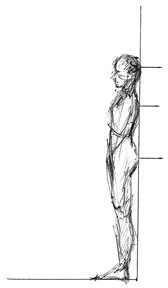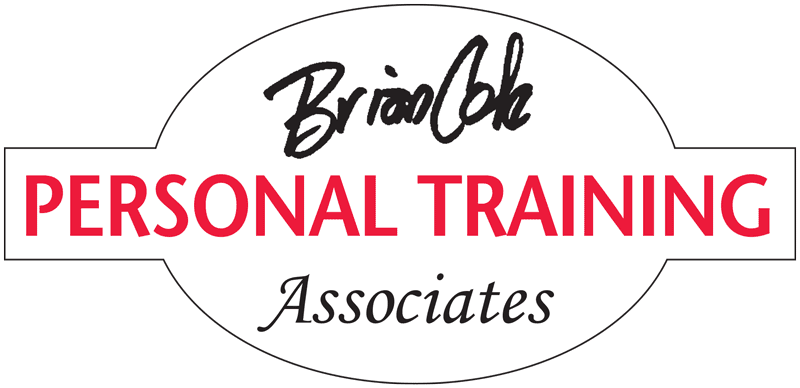A stiff neck is primarily a problem that falls under the category Repetitive Stress Injuries (RSI). I’m not saying we never need X-rays, MRI’s, orthopedists or neurologists. I am saying simple improvements in our daily (and nightly) behaviors should come first. When we accept responsibility for our health we are taking that essential first step toward improvement. When we feel results, we gain control and therefore stop thinking something is happening to us. The sense we can do something about it is huge. It reduces the helplessness and frustration of chronic discomfort.
If some simple non-invasive changes can start you improving, doesn’t it make sense to do them before spending time and money on more extensive/expensive diagnoses?
NIGHT—SLEEP POSITIONS
If you often notice the onset of discomfort in the morning, there’s a good chance your sleeping position is a major culprit.
So let’s talk about what you can do. Don’t sleep on your stomach. If you sleep on your back be sure your pillow provides neck support. But most of us are side sleepers and the adjustment is simple. Buy a thick, extra firm foam pillow. And start alternating sides. Viewed from the side, this will allow your neck to be straight. A soft, “comfy” feather pillow leaves your neck angled down and your muscles in an unnatural position for hours. This is the most common cause of neck pain from improper sleeping.
DAY—WORKING POSITIONS
If you’re seated—in front of your computer, at your desk, using your phone, driving, eating, reading, watching TV—there’s a good chance you’re creating numerous stresses on the muscles that are trying to hold your 10- to 12-pound head in its correct anatomical position.
There are as many potential problems as there are careers. Picture a dentist, for instance, leaning forward, rotated the same way all day, executing tiny precise movements that require muscular tension and focus. His or her biomechanical problems range from stiff necks to winged scapula to low-back imbalances. I can go on and on about splenius capitis, levator scapula, sterno-cleido-mastoid, self-defensive postural muscles, etc. and the kinesiology involved, but what I want to do is help you with some general tips, not bore you.

Let’s identify where you want to be: good upright posture, whether seated or standing. Imagine a string from the crown of your head pulling you taller. Stand with your back to a wall. Your heels are about three inches out. Your buttocks, your shoulder blades and the back of your head (with your chin tucked, not with your neck arched) should all be touching the wall. Now relax in that position.
Even when you’re seated you can approximate this. Sit in your car. Sit tall and adjust your rear-view mirror accordingly. There, you now have a constant reminder to sit tall and counteract the unnatural and stressful muscular positions you’ve been allowing all day.
After time in front of your computer, your neck and upper back probably feel stiff and in need of a good stretch (or even a massage). While either will surely feel good, they’re just a temporary Band-aid. The reason you’re tight is that the muscles are too weak to hold up your head. You need to strengthen those muscles.
If I’m suggesting you sit and stand taller in better bio-mechanical posture, I should tell you how to strengthen the postural muscles that’ll keep you there:
Stand tall and slowly shrug your shoulders toward the back of your ears and then lower them. You can add progressive resistance by holding weights in each hand to increase strength over time.

Stand tall and hold your arms out in front of you at shoulder height with palms facing down. Pinch your shoulder blades together without bending your elbows. Work on increasing range of motion over time.

Remember that posture practice against the wall? To strengthen the right muscles just do it against gravity. Hold it as long as you can.
In closing I’ll give you a morning quick fix. If you wake up and your neck is starting to tighten, don’t try to stretch it. That will only make it worse. Don’t put heat on it either. Instead, shorten the muscle by resting your arm on a shelf and letting your head fall toward it. Reach across with your other hand and gently but firmly press directly into the most tender spot. Now take a deep breath and relax. When you move again, put an ice pack on it. Most of the time this will work (you can call and leave me a thank you message)

